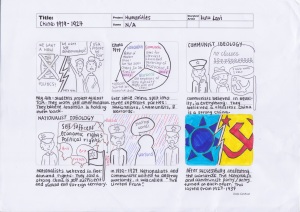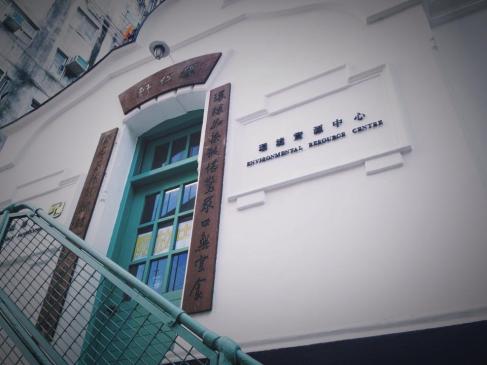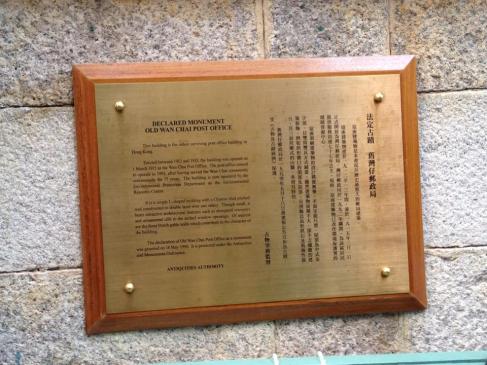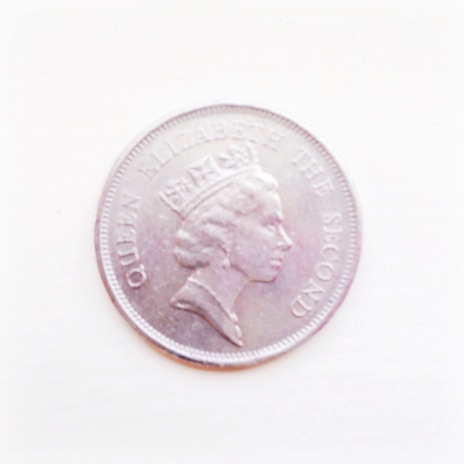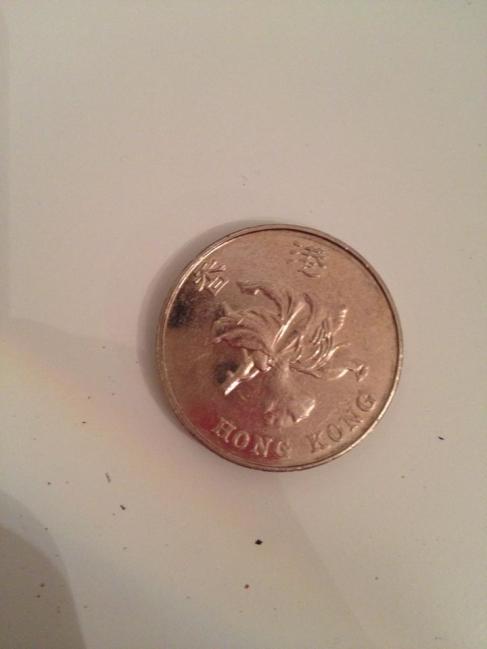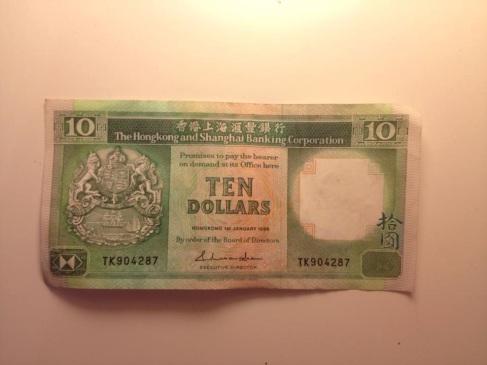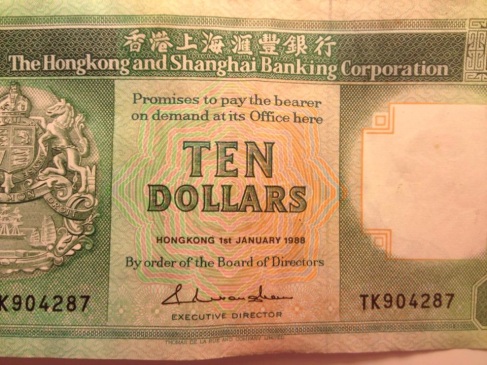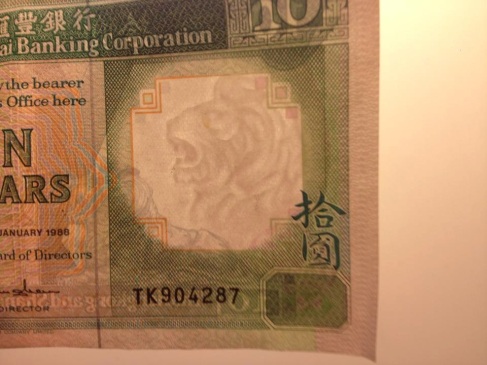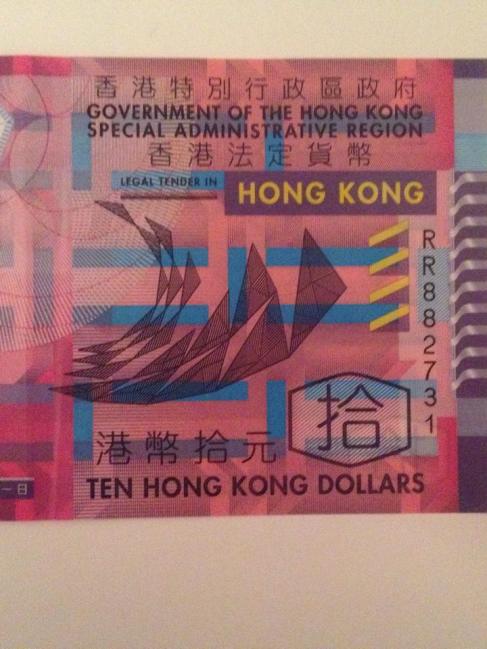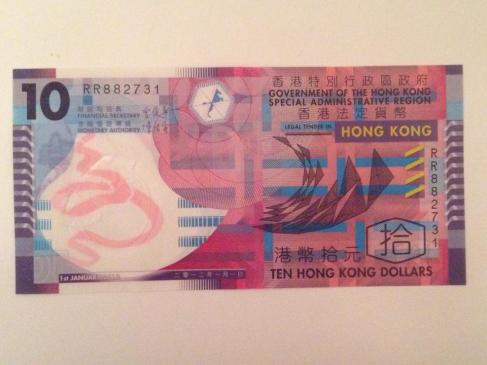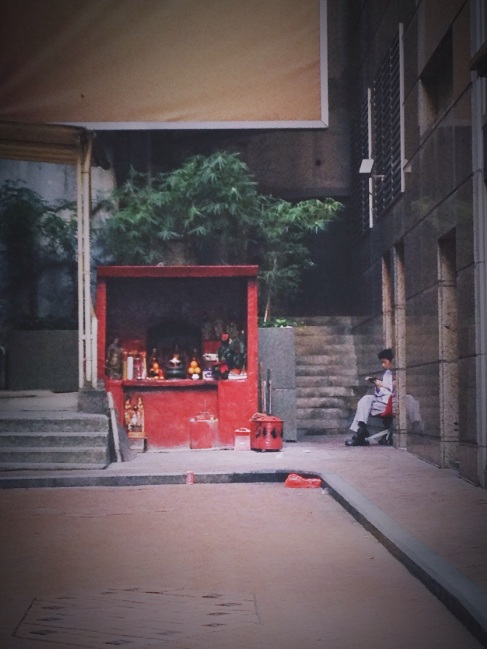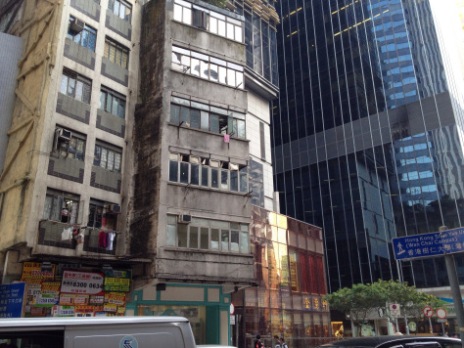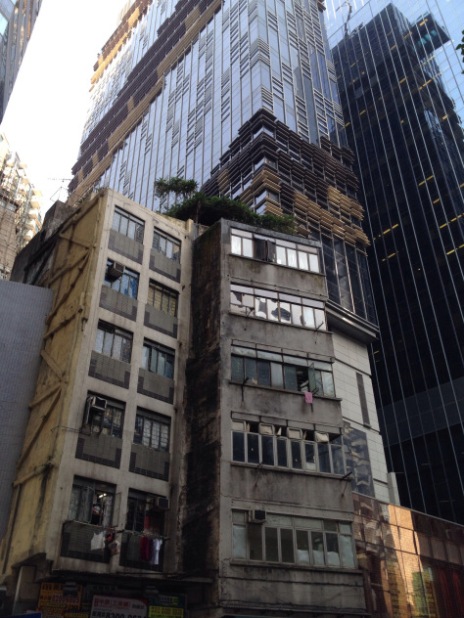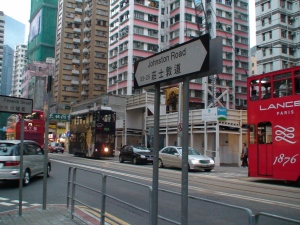In theory, communism is defined as a classless society in which all property is owned by a shared community and everyone has an equal economical and social status. In many ways a communist’s ideology don’t seem to bad. However as sad as it is, reality isn’t about equality and no one can be completely the same. Humans are greedy no matter what and communism won’t change that. Some disadvantages of communism includes the rises in poverty rates and death tolls, forced collectivization, and most importantly lack of free will and rights. So if this is true, why and how did China become a communist state in 1949 in the first place?
Mao did several different things to successfully mobilize the chinese, all involving propaganda techniques. When Mao tried to make China a communist country, he knew that around 90% of the Chinese worked in agriculture and in result were very poor. Mao realized that if anyone wanted a revolution, it would be the peasants. Therefore, Mao rose to many great levels to indoctrinate the needy people of China. In fact in the 1930s, Mao travelled to the Jiangxi provinces just to study and work with the farmers. During his visits, Mao convinced the field workers that there is a clear reason why some have more money then they do even though they work harder than them, to Mao that was because of the Nationalists.
In the 1920s the USSR, a major communist power in Russia, told Sun Yat Sen that if they linked up with the communists, Russia would support his Nationalist Party finically. 5 years after the agreement, Sun Yat Sen passed away and was then replaced by Chang Kai Shek in 1927. Chang Kai Shek was a lot less fond of the communists and was willing to stop at nothing to kill them. In 1927, Chang Kai Shek killed many communists in the Shanghai Massacre. From then on, the Chinese Communist Party would never again rely on outside forces and formed the Red Army. Today the Red Army is called the People Liberation Army. The Red Army was very strong and grew in numbers. I believe that Mao used the massacre as a way to convince the Chinese why Nationalists are so bad and disloyal.
The Chinese Communist Party strongest ideology is that life is a constant class struggle and that everyone is at war. The communists also believed that in order to create an all well and new China people had to completely change the fundamental rules which made up China today. Many Chinese peasants were attracted to the idea of a classless China. For once in there lives, they had the chance to be bigger then what they were. The chinese were excited to finally be recognized as an equal to society. Mao made the peasants pick sides. He said that if you don’t support the communists, you might as well be a part of the nationalists.
In World War II 50 million Chinese people were killed, 18 million refugees were left, and all Chinese industries were destroyed by Japanese bombs. The Nationalist government were corrupt and isolated because many of the Chinese citizens blamed them for war. The Chinese needed something to hold on too, they needed to find a way to cope. The Chinese communist party succeeded in giving hope because Mao was very charismatic. Since the day the Chinese Communist Party defeated the Nationalists in the civil war they took control over China.
In conclusion, the reason China became a communist country in 1949 is because China needed some kind of law to rely on. Ever since the Qing Dynasty, China underwent a strong economical and social struggle. Mao gave the population hope and alternative option to ending poverty. Mao mobilized the country successfully by demonstrating to the Chinese population that he had build a strong foundation for his party.
